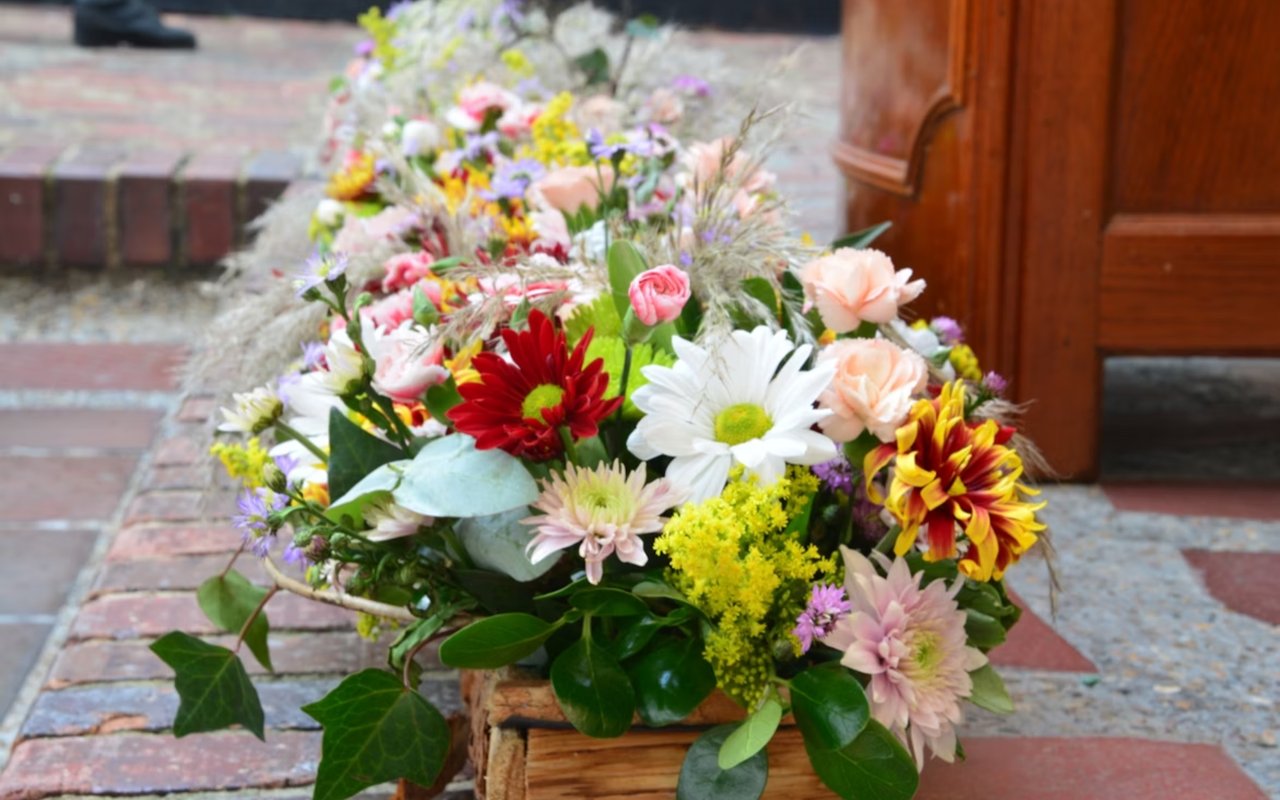Moving to a new state can be both exciting and overwhelming. When that new state is New York—and more specifically, New York City—the experience takes on a whole new level of complexity and adventure. From navigating the city’s fast-paced lifestyle to settling into one of the most dynamic real estate markets in the world, there are several key steps to ensure a smooth transition. This guide will walk you through everything you need to do when moving to NYC, with expert tips from The Christina DeCurtis Team to help you confidently navigate your move.
1. Understand NYC's Neighborhoods and Housing Market
The first and arguably most important step when moving to NYC is choosing the right neighborhood. New York City is made up of five boroughs—Manhattan, Brooklyn, Queens, The Bronx, and Staten Island—each with its own distinct character, culture, and housing options. Within these boroughs, there are even more unique neighborhoods that offer everything from luxurious high-rise living to quaint, tree-lined streets with historic brownstones.
Do Your Research
Research the neighborhoods that best suit your lifestyle and budget. For example, if you’re seeking a high-energy environment with luxury amenities, neighborhoods like Tribeca, SoHo, or the Upper East Side may appeal to you. If you prefer a more laid-back vibe with a strong community feel, neighborhoods like Park Slope in Brooklyn or
Astoria in Queens may be better fits.
Consider Proximity to Work and Schools
NYC’s sprawling size and busy transportation system mean that location is key. Consider how close your new home is to your workplace, schools, and important amenities like grocery stores, gyms, and parks. Understanding commute times and transportation options can help narrow down your neighborhood options.
Work with a Real Estate Expert
The Christina DeCurtis Team can help you navigate NYC’s competitive and often fast-moving real estate market. Their expertise in the local market will not only help you find the perfect home but also ensure that the home you choose aligns with your long-term goals.
2. Budget for NYC’s Cost of Living
New York City is known for its high cost of living, so it’s essential to set a realistic budget before your move. Beyond the costs of renting or buying a home, there are other financial considerations specific to NYC.
Housing Costs
The price of homes and apartments in NYC varies dramatically based on the borough and neighborhood. Work with your real estate agent to understand the average rent or purchase price in the area you're considering. Additionally, if you're renting, be prepared for upfront costs like a security deposit, first and last month’s rent, and broker fees.
Utilities and Other Living Expenses
Utilities such as electricity, gas, and water are typically higher in New York City, especially during the winter and summer months when heating and cooling are in high demand. Don’t forget to factor in costs for groceries, dining out, transportation (whether you’ll be using public transit or keeping a car), and entertainment, all of which can add up quickly in NYC.
Taxes
New York State and New York City both impose income taxes, and property taxes can vary widely depending on the location. Make sure you consult with a financial advisor or tax professional to fully understand how moving to NYC will affect your tax situation.
3. Update Important Documents and Accounts
When moving to NYC, updating your essential documents and accounts is crucial. Here’s a quick checklist:
-
Driver’s License or State ID: If you plan to drive in New York, you’ll need to get a New York State driver’s license within 30 days of becoming a resident. Even if you don’t drive, many New Yorkers opt for a state ID for identification purposes.
-
Vehicle Registration: If you’re bringing a car with you, you’ll also need to register your vehicle in New York within 30 days. However, keep in mind that owning a car in NYC can come with additional costs, including parking fees and insurance, and the city’s extensive public transportation system may make a car unnecessary.
-
Voter Registration: Registering to vote is an important part of settling into a new state. New York State allows you to register online, by mail, or in person at your local DMV or Board of Elections office.
-
Banking and Utilities: Don’t forget to update your address with your bank, credit card companies, and other financial institutions. Additionally, contact utility companies (electric, gas, water) to set up service in your new home. Depending on your new neighborhood, you may also need to research internet and cable providers.
4. Familiarize Yourself with NYC's Transportation System
One of the most important aspects of life in New York City is getting around. Whether you plan to commute via subway, bus, or taxi, understanding how to navigate the city is key to making your move smoother.
Subways and Buses
NYC’s subway system is one of the largest and most efficient in the world, offering 24/7 service across the five boroughs. Make sure to download a subway map and learn about the nearest stations to your new home. Additionally, NYC buses cover many areas that the subway doesn’t reach, so getting familiar with these routes can help expand your transportation options.
Taxis and Rideshare Services
Yellow cabs are iconic in NYC, and rideshare services like Uber and Lyft are widely available. Depending on your location and daily needs, you may find taxis or rideshare services to be more convenient, especially during off-peak hours or in areas with limited subway access.
Walking and Biking
NYC is one of the most walkable cities in the U.S., so chances are, you’ll be on foot quite often. Many residents also use Citi Bike, the city’s bike-sharing system, which is a great way to get around and avoid traffic.
5. Get to Know NYC's Culture and Lifestyle
One of the best parts of moving to NYC is immersing yourself in the city’s vibrant culture and unique lifestyle. From iconic landmarks to world-class dining and entertainment, New York has something for everyone.
-
Cultural Attractions: Spend time exploring the city’s museums, parks, and historic landmarks. Whether it’s taking a stroll through Central Park, visiting The Met, or catching a Broadway show, there’s no shortage of things to see and do.
-
Dining and Nightlife: New York is a food lover’s paradise, with thousands of restaurants offering everything from street food to Michelin-starred dining. Be sure to try out the local hotspots in your new neighborhood and take advantage of NYC’s legendary nightlife scene.
-
Join Local Communities: Getting involved in your new community is one of the best ways to make the city feel like home. NYC has a wide variety of clubs, sports leagues, volunteer opportunities, and networking groups, so find a way to connect with people who share your interests.
6. Prepare for NYC’s Weather and Seasons
New York City experiences all four seasons, so be prepared for everything from snowy winters to hot, humid summers. Make sure you have appropriate clothing and gear, especially if you’re moving from a state with a different climate.
-
Winter Weather: NYC winters can be cold and snowy, with temperatures often dipping below freezing. Invest in a quality winter coat, boots, and layers to stay comfortable during the colder months.
-
Summer Heat: Summers in NYC can be hot and humid, with temperatures reaching into the 90s. Make sure your new home has air conditioning or plan to install a unit if necessary.
Moving to New York City is a thrilling adventure, but it does require careful planning and preparation. By researching neighborhoods, budgeting for the cost of living, updating important documents, and getting to know the city’s transportation and culture, you’ll be well on your way to settling into your new home.
The Christina DeCurtis Team is here to help guide you through the entire process, ensuring that your move is as smooth and stress-free as possible. Contact us today to learn more about how we can assist with your NYC relocation journey!




